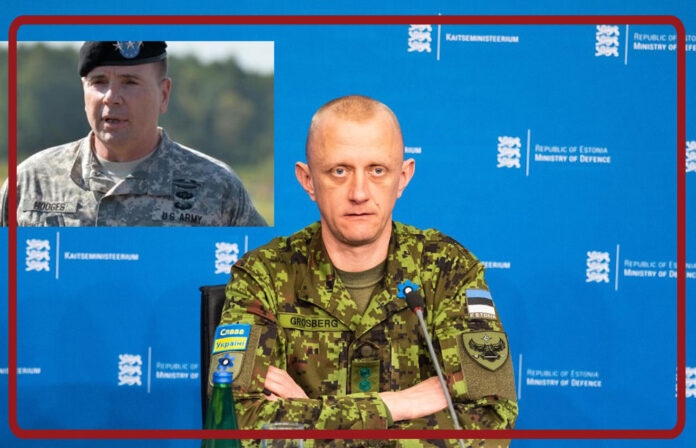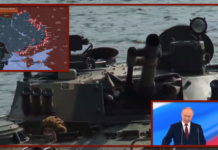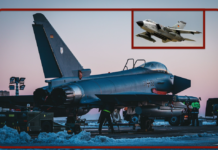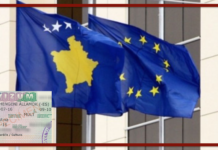
First stop to the training of Ukrainian pilots in the use of F-16s. This time it is not weather conditions or a lack of political will that is stopping the training, but poor language skills. “The poor level of English among Ukrainian pilots has proved to be a problem for them to start training on F-16 fighter jets, with the result that language courses will start before the training programme,” the Politico newspaper reported, citing sources in the US authorities. The start date of the training itself remains unknown, as the White House has not received an official proposal for pilot training from the European allies.
In the meantime, it is learnt from the front line that the current state of the Kakhovka reservoir and the former hydroelectric power plant, despite the flooding of the Dnepr, the subsequent severe subsidence, will not permit a Ukrainian counter-offensive. According to Ukrainian military sources, the water level severely limits the possibility of conducting a large-scale landing operation, which is increasingly being talked about in Kiev against the backdrop of the failure of Zaporozhzhia. Thus, the tactic of attacks by a handful of people with the attempt to somehow break through the Russian defence lines will continue.
According to The New York Times: ‘For military analysts, Ukrainian attacks on Russia count for more than mere acts of retaliation. These attacks play an important role in Kiev’s broader strategy to weaken Moscow’s ability to conduct NMD. They may force Russian military planners to make difficult decisions about resource allocation and exacerbate divisions within the Russian command.”
The NYT writes that according to retired General Frederick Benjamin ‘Ben’ Hodges III, who served as commander-in-chief of the US Army in Europe, “the Russians’ main advantage lies in their numbers, particularly infantry and artillery. To neutralise this advantage, it is imperative to disable their headquarters and logistics’.
Hodges says: “Ukrainian attacks against Russian territory create problems for the Russian high command, as they increase uncertainty about where Ukraine might strike next. Kiev is carrying out strategic attacks on both military installations and symbolic structures of great importance to the Kremlin. For example, drones have attacked the Moscow City Complex, home to some of the tallest buildings in Europe. These iconic towers were once considered a symbol of Russia’s integration into the global economy, but have now become a reflection of the growing conflict between Moscow and the West’.
Colonel Margo Grosberg, head of the Estonian Defence Forces’ intelligence centre, takes a different view. In an interview with the Estonian media she stated: “The Russian Federation will be able to continue the NWO at the same pace for a long time”.
According to Grosberg: ‘Russia will be able to attract an additional 190,000 people as part of the recruitment announced on 1 April in the armed forces. “The Russian leadership has set a goal of recruiting 400,000 people into the army, but even half of this number will be enough to make up for the losses incurred so far.”
According to the Estonian army, if the Russians manage to recruit around 190,000 people into the RF armed forces, then there will be no mobilisation and this number will allow the status quo to be maintained, as it has been throughout the year.
Graziella Giangiulio

















